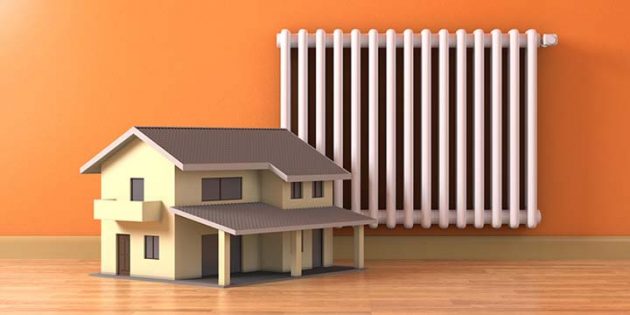Radiators are a staple in any home, but did you know that they do actually need care and maintenance to ensure their longevity. Lots of people have made the move to the latest, innovative radiators, and may assume that because they’re modern, they don’t need looking after as much as older models. Vertical radiators in the UK are extremely popular, but despite their simple design, they do still need a lot of care to enable them to function properly. So, to help you get the most out of your radiators, we’ve put together a full care and maintenance guide. Keep reading for more info…

General Maintenance
No matter what type of radiator you have, vertical, column, cast iron, you need to ensure that you keep it clean and free from dust. The valves can easily become clogged with debris, and if it’s not cleaned away, the heat output can easily become decreased. Make sure that you wait until your radiator is cool before attempting to clean it too. One handy tip is using a hairdryer to blow dust off, and always use a dry cloth to make sure it’s not wet after cleaning. Each manufacturer will provide you with the appropriate methods of maintenance as well, so it’s crucial that you follow their advice as well. It’s also wise not to hang wet clothing and damp towels on top of radiators as the excess water can cause rust, further damaging your heater. Only use your radiator for it’s specific purpose which is heating your home. Trying to use it as a makeshift clothes dryer will only cause issues in the future.
Bleeding A Radiator
It’s important to check your radiator for cold spots on a regular basis. If you feel any then this means they could need to be bled. When it comes to radiator maintenance, bleeding is one of the most important things you can do. Essentially, bleeding your radiator gives it a clean from the inside out and removes any built up debris and trapped air. In order to bleed your radiator, you’ll need a radiator key and plenty of cloths or towels. Make sure you turn all your heating off and let the radiator cool down completely. Then pop the key into the bleed valve and turn it anti-clockwise. You’ll then hear air hiss out and you’ll want to then put your towels underneath to catch the water. When the water starts coming out, you then want to close the valve by turning it clockwise. You’ll then have successfully bled your radiator and removed any internal issues that could stop it working. If you’re ever unsure about bleeding your radiator, speak to a professional or the manufacturer and they’ll be able to advise you on how best to do it.
Repairs
There will be times when your radiator will need to be repaired, and sometimes there’s an easy fix that you can do yourself. Things like cold spots can be resolved by bleeding, but other more serious issues like banging noises and uneven heating might need a professional to come in. This is because the cause of the problem lies elsewhere and can’t be fixed by bleeding. Instead, it could things like the pump or pump thermostat that has broken. As soon as you notice that your radiator isn’t working as it should, it’s best to contact an engineer who will be able to provide with you expert advice and a repair service.
Radiators aren’t always so easy to fix once they break, but proper maintenance can help prevent issues from happening. Regular bleeding of your radiator can help decrease the risk of a number of issues and ensures that it works as efficiently as possible for a long time. So, if you haven’t bled your radiators or thought about giving them a clean, use this article as a sign and start taking good care of it. You’ll be able to enjoy it’s lovely warmth for many years to come once you give it the attention it deserves.














